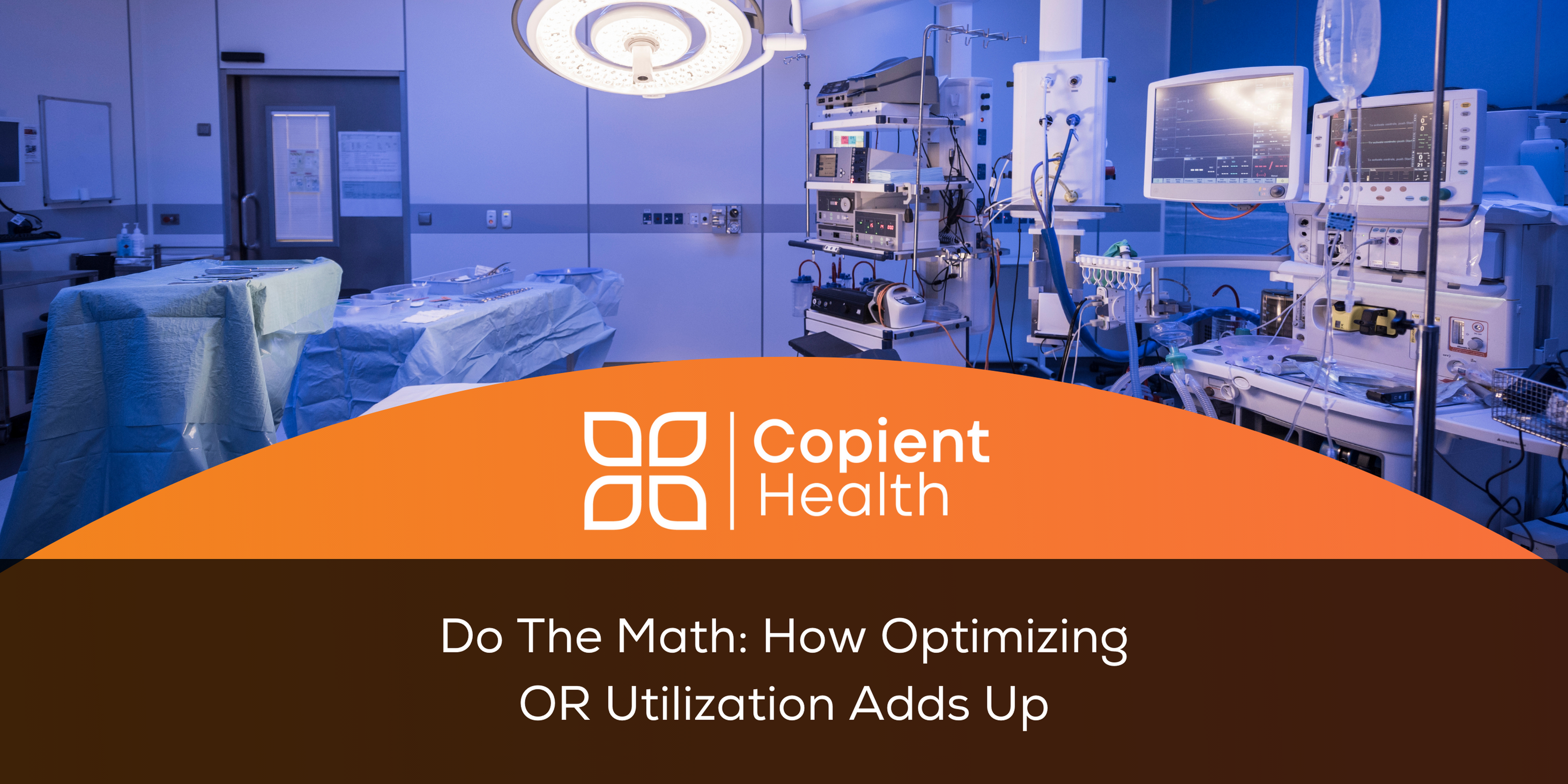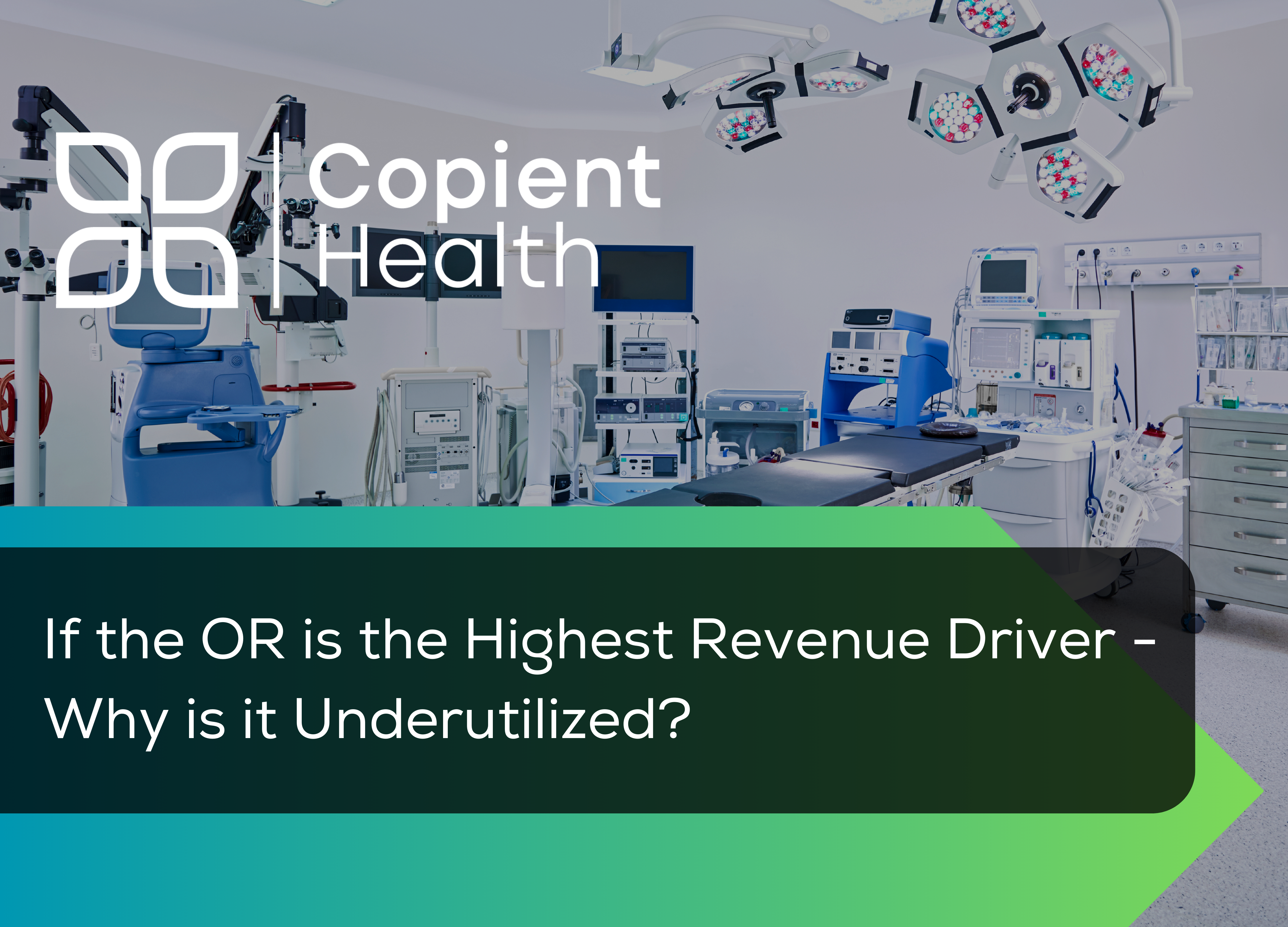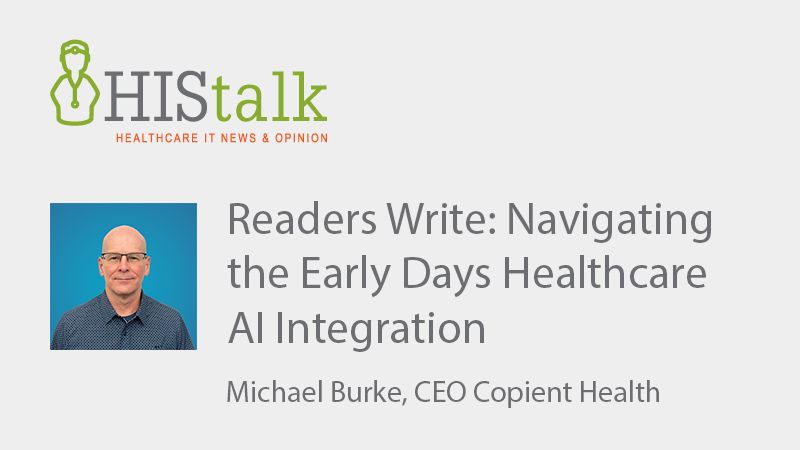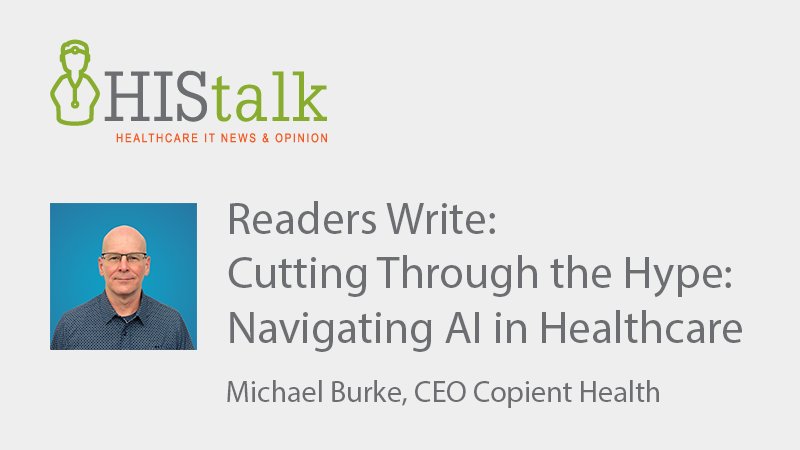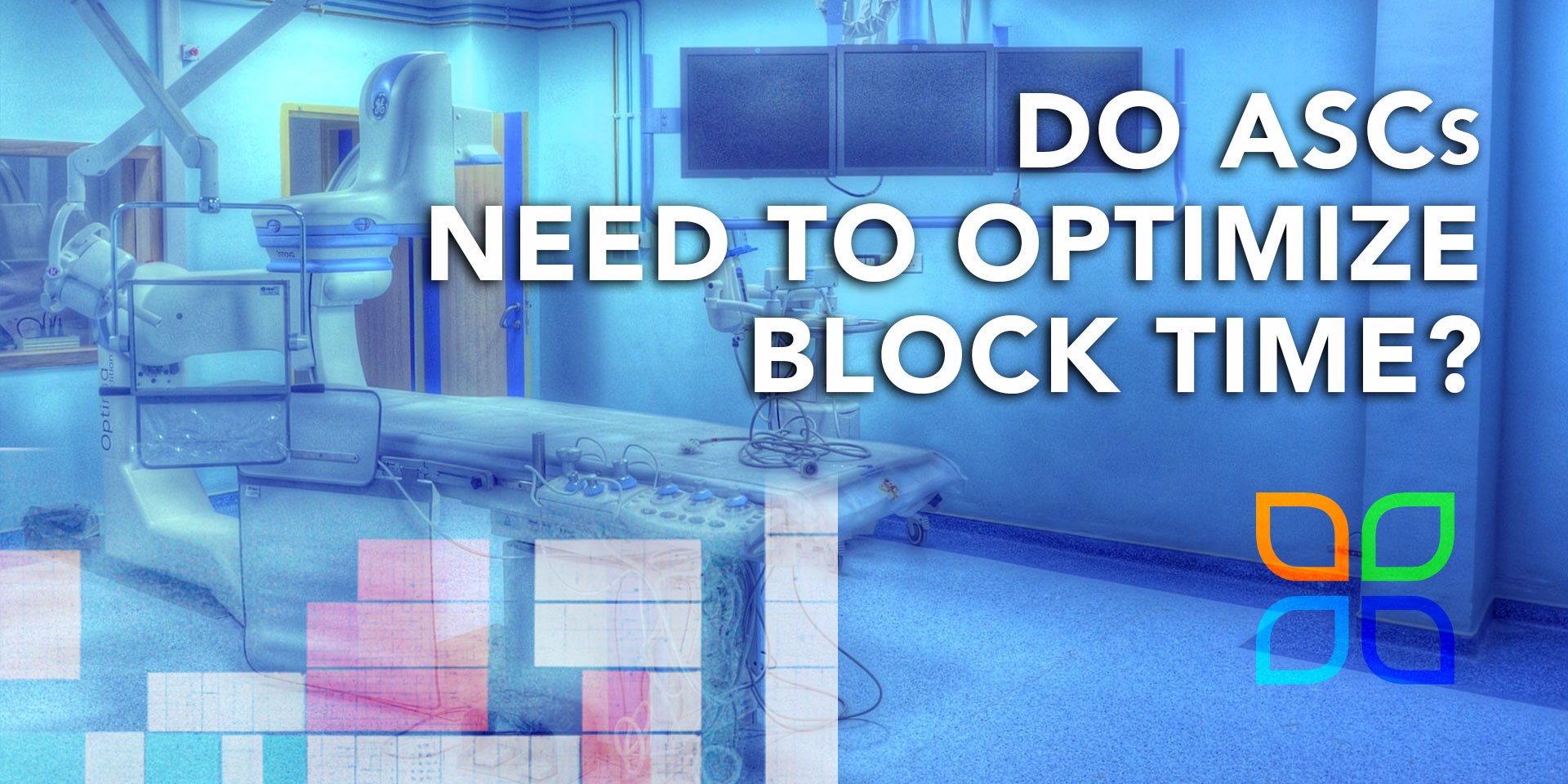4 Better Metrics to Improve OR Financial Performance at Ambulatory Surgery Centers
In the dynamic environment of Ambulatory Surgery Centers (ASCs), maximizing operating room (OR) utilization is crucial for enhancing patient care, accommodating more surgeons, and boosting financial performance. Traditional metrics, while helpful, often fall short of providing the nuanced insights needed for strategic OR management. Copient Health, at the forefront of Operating Room Utilization Optimization, proposes a shift toward a more sophisticated approach by focusing on four key performance indicators (KPIs). These metrics offer a deeper understanding of OR efficiency, enabling leaders and managers to make informed decisions that drive access, throughput, and financial success.

